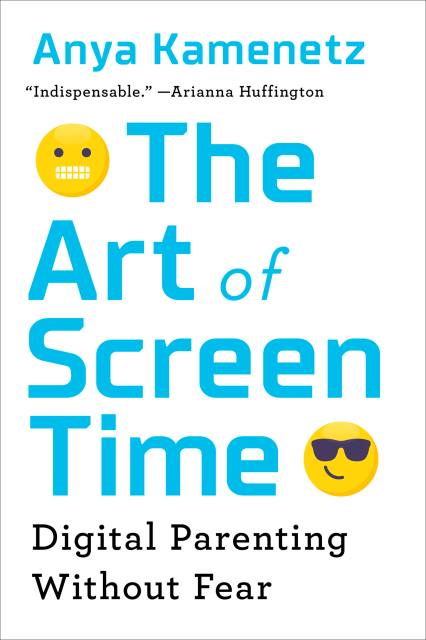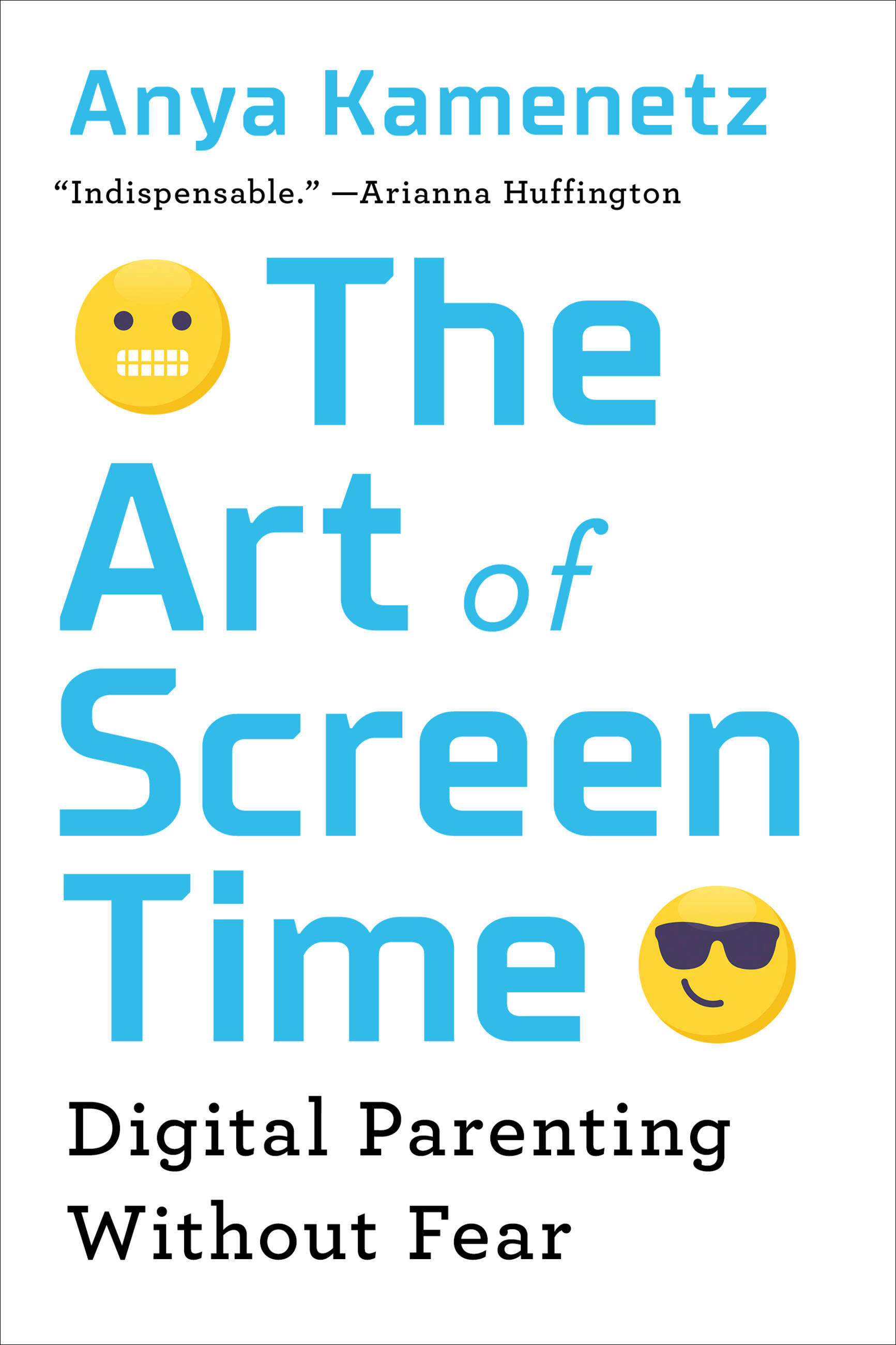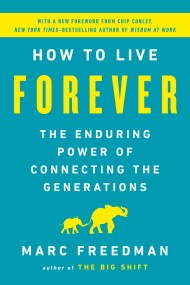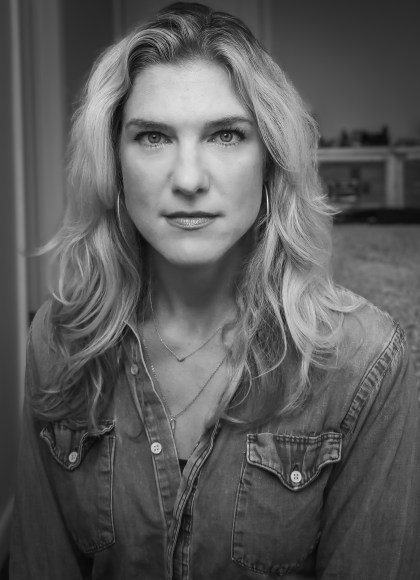Promotion
Use code BEST25 for 25% off storewide. Make sure to order by 11:59am, 12/12 for holiday delivery!
By clicking “Accept,” you agree to the use of cookies and similar technologies on your device as set forth in our Cookie Policy and our Privacy Policy. Please note that certain cookies are essential for this website to function properly and do not require user consent to be deployed.
The Art of Screen Time
How Your Family Can Balance Digital Media and Real Life
Contributors
Formats and Prices
- On Sale
- Jan 30, 2018
- Page Count
- 288 pages
- Publisher
- PublicAffairs
- ISBN-13
- 9781610396738
Price
$15.99Price
$15.99 CADFormat
Format:
- ebook $15.99 $15.99 CAD
- Audiobook Download (Unabridged)
- Trade Paperback $16.99 $22.99 CAD
This item is a preorder. Your payment method will be charged immediately, and the product is expected to ship on or around January 30, 2018. This date is subject to change due to shipping delays beyond our control.
Buy from Other Retailers:
Today’s babies often make their debut on social media with the very first sonogram. They begin interacting with screens at around four months old. But is this good news or bad news? A wonderful opportunity to connect around the world? Or the first step in creating a generation of addled screen zombies?
Many have been quick to declare this the dawn of a neurological and emotional crisis, but solid science on the subject is surprisingly hard to come by. In The Art of Screen Time, Anya Kamenetz — an expert on education and technology, as well as a mother of two young children — takes a refreshingly practical look at the subject. Surveying hundreds of fellow parents on their practices and ideas, and cutting through a thicket of inconclusive studies and overblown claims, she hones a simple message, a riff on Michael Pollan’s well-known “food rules”: Enjoy Screens. Not too much. Mostly with others.
This brief but powerful dictum forms the backbone of a philosophy that will help parents moderate technology in their children’s lives, curb their own anxiety, and create room for a happy, healthy family life with and without screens.
-
"How to deal with devices and screens is one of the biggest challenges for today's parents. With The Art of Screen Time, Anya Kamenetz comes to the rescue. Marshalling the latest science, she provides an indispensable guide to helping children-and families-thrive in the digital age."Arianna Huffington, CEO ofThrive Global
-
"Finally, a reasonable, well-researched argument to cut through all the hype, fear and hysteria around screens, kids, families, and our most precious and limited resources: our time and what we pay attention to. Screens are here to stay. Anya Kamenetz provides a welcome, science-based guide for all of us to learn how to use them wisely."Brigid Schulte,award-winning journalist and author of the New York Times bestsellerOverwhelmed: Work, Love & Play when No One has the Time, and directorof The Better Life Lab at New America
-
"Blending scholarly evidence and the experiences of numerous families, The Art of Screen Time is a well-researched and reassuring guide to raising kids in a world where technology is everywhere."Danah Boyd, authorof It's Complicated: The Social Lives of Networked Teens
-
"A thoughtful, evidence-based guide to technology that reads like having a conversation with a good friend-who also happens to be incredibly smart, honest, and witty.... Refreshingly, Kamenetz is a realist and does not condemn technology in the home.... [she] sheds a critical, yet supportive light on our relationship with technology...a must-read for any parent."Booklist
Newsletter Signup
By clicking ‘Sign Up,’ I acknowledge that I have read and agree to Hachette Book Group’s Privacy Policy and Terms of Use







